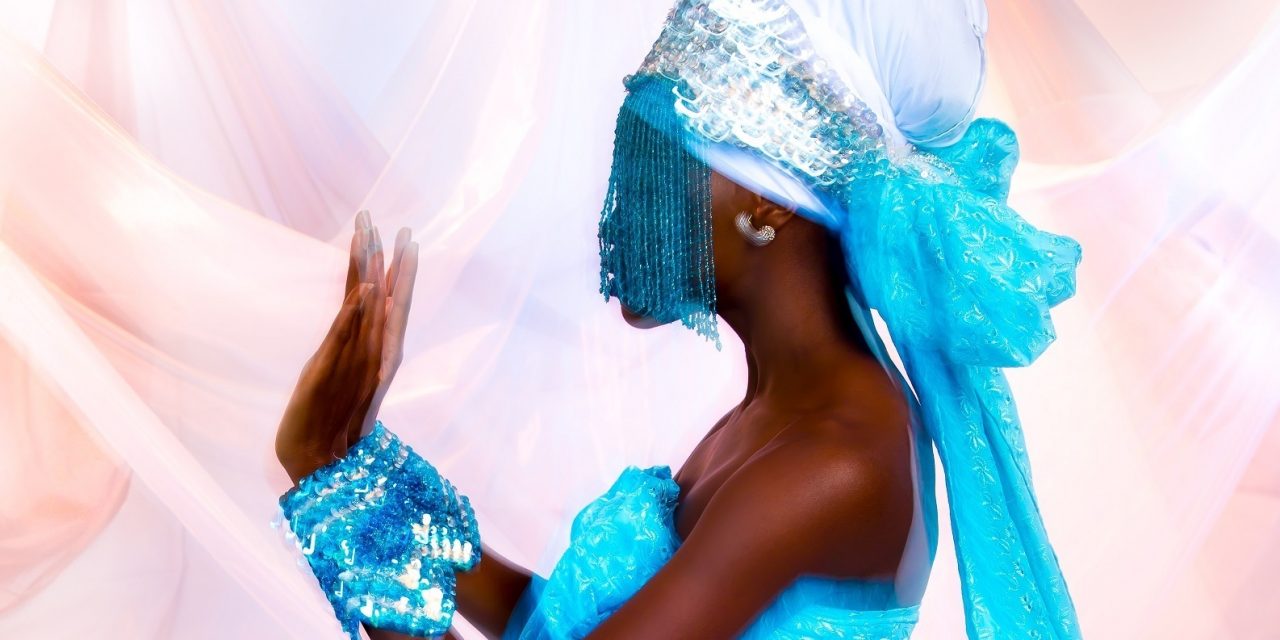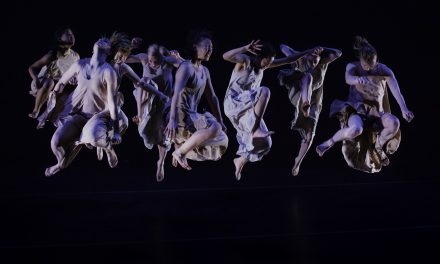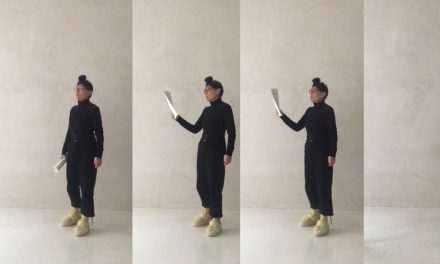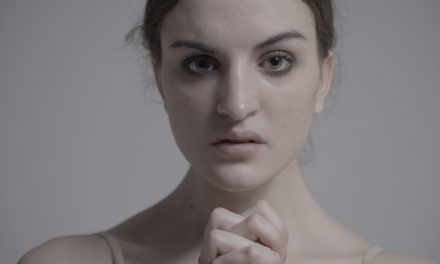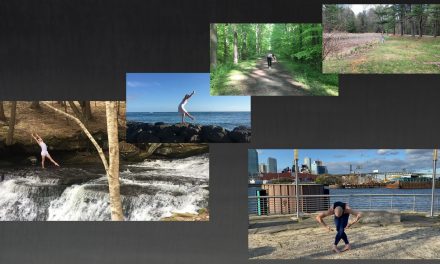Viver Brasil was founded in 1997 by Linda Yudin and Luiz Badaró. On Friday, September 22 at 8:30pm, the company will celebrate its 20th Anniversary with the performance of Agô Ayó – Spirits Rising, marking the company’s twelfth appearance at the John Anson Ford Theaters.
I met up with Director Linda Yudin and two of the choreographers, Marina Magalhães and Vera Passos, prior to their rehearsal at the spacious Lula Washington Dance Theatre in Los Angeles. We had an engaging discussion about the company’s history, the meaning behind the title Agô Ayó – Spirits Rising, the style of samba performed and relating to the two world premieres, Cor Da Pele/Skin Color and Para Onde a Samba Me Leva/Where the Samba Takes Me.
The words that reappeared throughout our conversation were resistance and resilience. The three women never spoke about resistance in the militant sense, but more regarding bringing about change through their art form, dance. They talked about resisting the regressive forces present throughout several parts of the world, including the US and Brazil. They use Afro-Brazilian dance to obtain the necessary resilience to continue.
Vera Passos lives in Salvador, Bahia, located in northeast of Brazil. She explained how she was taught that if one is met with impossible times or a difficult situation, that one must return to one’s roots and look to the ancestors for knowledge and guidance.
The featured title for the evening is Agô Ayó – Spirits Rising. Agô Ayó is a title given to the company by their cultural advisor and elder, “Dona Cici”. Agô means permission and Ayó means happiness. Placed together they represent giving permission to be happy or having a sense of happiness. Yudin explained that, for her, Spirits Rising has multiple meanings. First, they work with ancestral spirits that help them rise. The company wants to give rise to the choreographic AND compositional voices of the company members. “It is the intention at this 20th year that we give voice to the most creative of the company members who want to create, and that we give them the space in which to have their voices heard.”
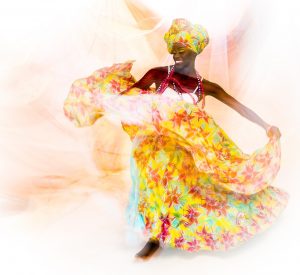
Viver Brasil – Photo by Susan Goines
The company has a rich heritage in Afro-Brazilian dance and music. Originally Luiz Badaró, who hails from Bahian, was the sole choreographer. Now, the company draws choreographers like Passos and Magalhães who have a strong Brazilian heritage, as well as Shelby Williams-González, a Los Angeles-based African American artist who has studied Afro Brazilian movement and Music.
Vera Passos is thought of by many as “one of Salvador, Bahia’s most elegant and eloquent contemporary Afro-Brazilian dancers.” She has performed with Jorge Silva Dance Company and the well-known Bale Folciórico de Bahia. Her new work is titled Para Onde a Samba me Leva/Where the Samba Takes Me.
It is samba chula that is celebrated in Para Onde a Samba Me Leva/Where the Samba Takes Me. It is a style of samba that has its origin in the interior of Bahia. Passos pays homage to samba chula while allowing it to inspire her to create new and original movement. The work also pays tribute to the samba master, Joselita Moreira da Cruz Silva (aka Zelita), whose life was dedicated to the preservation of the samba from the Reconcavo region of Bahia.
Yudin said that she met Zelita on a trip to Bahia in 1986. “It was love at first sight!” She said fondly. Zelita invited Yudin into her home and immediately began performing the samba for her. “Speaking in her highest form of language, ancestral samba, she shared (with me) movement treasures.” Those treasures were a reverence to earth, to the cosmic world and to the movement of black culture.
Marina Magalhães, who was born in Brazil, spoke passionately about resistance and resilience. Her new work titled Cor Da Pele/Skin Color “draws upon cross-cultural parallels to connect people across the African Diaspora in the struggle against anti-blackness, rewriting our relationship with black ancestry and reclaiming our history as mixed-race people of color from Latin America and the United States.”
Magalhães earned her BA from UCLA World Arts and Cultures and performed with the LA based CONTRA-TIEMPO, Urban Latin Dance Theatre, a company that uses Latin dance to protest social issues. Her choreography has been presented at REDCAT, CounterPulse, Maitisong Festival in Botswana, and in South Africa at The Wits Theatre.
Both Magalhães and Passos spoke to the need for everyone to be seen, touched, listened to and loved. It was clear to me that these feelings play a large role in both their creative visions. Yudin, Passos and Magalhães have a deep connection to Brazil and to the spirits of their ancestors. I came away from the interview sensing that an additional meaning behind Agô Ayó – Spirits Rising is the rising up of a people who refuse to have their voices silenced.
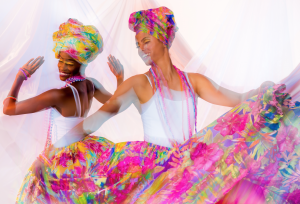
Viver Brasil – Photo by Susan Goines
Included on the September 22 program are Viver Brasil’s Revealed by Shelby Williams-González which premiered at the 2016 Moves After Dark, as well as Viver Brasil’s signature, bloco afro spectacle, and restaged repertory pieces Orixas and Avaninha, originally choreographed by Rosangela Silvestre, and restaged by Vera Passos with additional choreography by Vera Passos for Avaninha.
The program features new music by Simon Carroll (co-musical director) and Kahlil Cummings (co-musical director) and Bobby Easton, with live performances by Luiz Badaró (co-artistic director of Viver Brasil), Bobby Easton, Alberto Lopez, and Fabio Santana, with singers Emina Shimanuki and Onyi Richards.
The musicians and singers will be performing onstage and as Vera Passos describes it, “they dance with their instruments as we dance with our bodies.” She formed a pyramid shape with her fingers, indicating that they are one side of the artistic triangle; that triangle being the story, the dancing and the music.
For more information and tickets, click here.
Special thanks to Allison Van Etten of Ravenscroft PR for her assistance with this interview.

